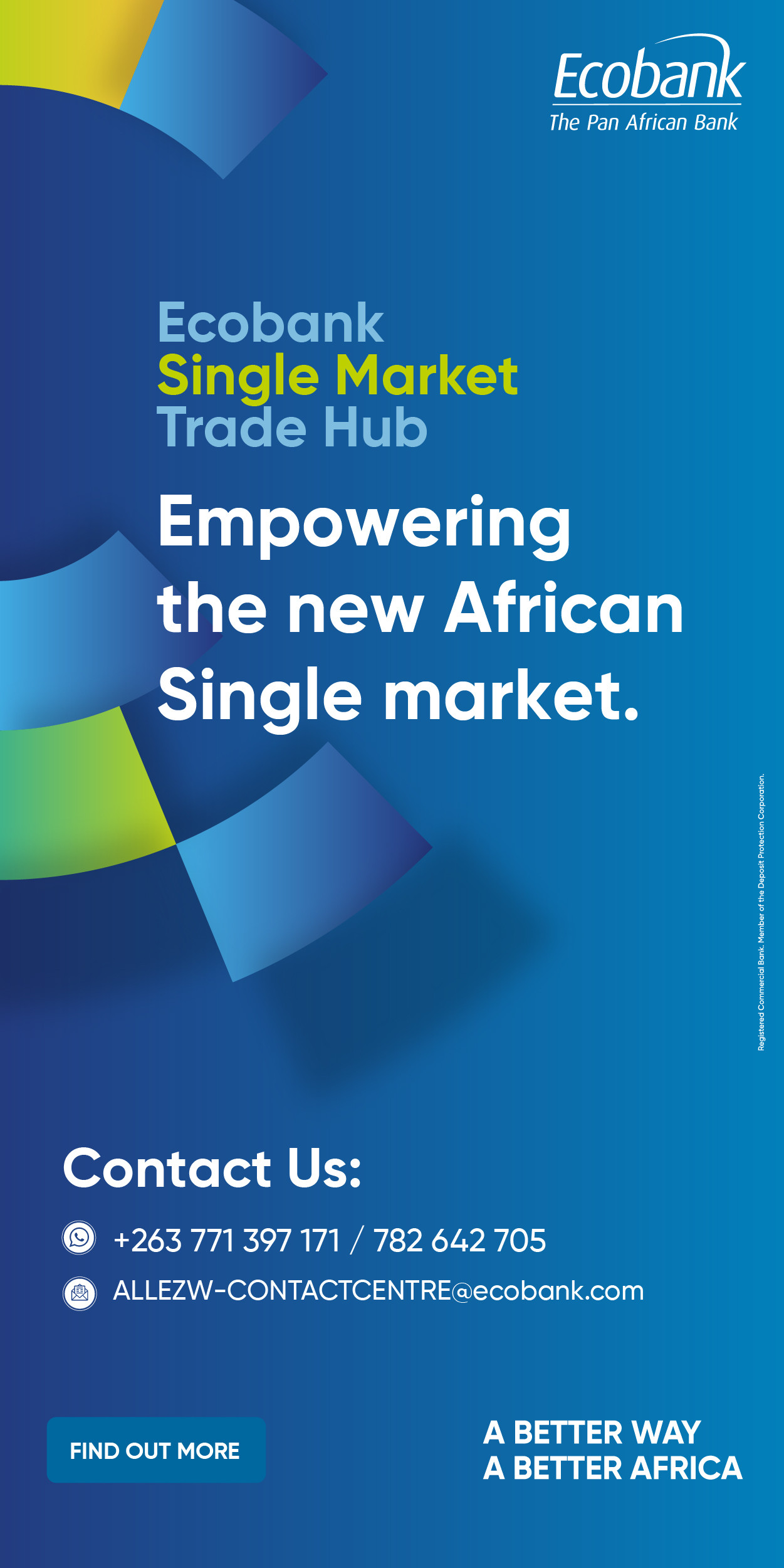- Financial Setback: Meikles Limited reported a loss of ZWG 264 million from ZWG 405 million profit recorded the previous year.
- Revenue Decline: Revenue declined by 2% to ZWG 12.5 billion, with the supermarket segment experiencing a 2% revenue drop
- Overvalued Exchange Rate: The government-controlled exchange rate diverged from market-driven rates, undermining competitiveness against informal retailers
- Future Focus: Meikles is focusing on targeted investments in high-potential stores in mining towns
Harare- Meikles Limited, Zimbabwe’s second-largest retailer by store count, reported a significant financial setback in FY2025, plunging into a loss of ZWG 264 million from continuing operations, a contrast to the ZWG 405 million profit recorded the previous year.
This downturn was driven by a 2% decline in revenue to ZWG 12.5 billion, with the supermarket segment, which accounts for 99.6% of the group’s revenue, also experiencing a 2% revenue drop despite a 1% increase in units sold.
“Persistent dual pricing and regulated in-store exchange rates distorted pricing, undermining USD sales competitiveness, restocking capabilities, and overall viability in the formal retail sector,” the group’s acting chairperson, Fayaz King said in a statement accompanying the FY financials.
The performance of the supermarket trading arm, TM Pick n Pay mirrored this trend, with a 2% revenue decline to ZWG 12.5 billion. Quarterly unit sales fluctuated significantly, dropping by 19% in the first quarter, surging by 24% in the second, rising by 8% in the third, and falling again by 3% in the fourth.
Despite a slight improvement in gross profit margin to 22.99% from 22.89%, the supermarket segment recorded a loss of ZWG 206 million, compared to a profit of ZWG 411 million the prior year.
Revenue in foreign currency increased to 23% of total revenue from 17%, but this remained below the economy’s average foreign currency transaction mix, creating challenges in supplier negotiations and further disadvantaging formal retailers against the informal sector.
Additionally, profit from discontinued operations fell by 49% to ZWG 12 million due to rising operating costs and exchange losses.
The group’s challenges were compounded by an overvalued, government-controlled exchange rate that diverged from market-driven rates, undermining competitiveness against informal retailers who aligned pricing with the parallel market, offering more attractive USD prices.
The overvalued exchange rate, particularly following the introduction of the Zimbabwe Gold (ZiG) currency on April 5, 2024, created significant operational difficulties. Pegged at 13.99 against the USD, far from the parallel market rate of 40–45 ZiG per dollar, the ZiG’s value was based on an assumption of gold reserve backing.
However, the Reserve Bank of Zimbabwe (RBZ) failed to bolster the currency with adequate reserves, leading to a premium of over 80% between the official and market rates by July 2024. This forced companies, including Meikles, to index USD pricing to the inflated ZiG rates, making their products less competitive.
In response, the government devalued the ZiG by 43% on September 27, 2024, adjusting the rate to 24 per dollar, which eroded confidence in the currency and highlighted a lack of fiscal discipline.
This devaluation echoed historical currency collapses in 1997, 2008, 2019, and 2021, with the ZiG marking Zimbabwe’s fifth attempt at a stable currency following the Zim Dollar, Bearer Checks, Bond Notes, RTGS, and ZWL.
Rising operating costs further strained Meikles’ performance, with net operating costs increasing by 4% due to USD price hikes in certain expense categories.
While employee costs dropped by 6%, occupancy costs surged by 19%, driven by a 20% increase in power costs from escalating electricity tariffs and reliance on generators amid unreliable national grid supply.
Other operating costs rose by 15%, largely due to the government’s increase in the Intermediated Money Transfer Tax (IMTT) on USD transactions from 1% to 2% in May 2024.
To manage costs, Meikles closed three underperforming branches Chegutu, Harare Street, and Southwold while opening a new branch in Hogerty Hill.
Despite these challenges, Meikles declared a final dividend of 0.8 US cents per share, bringing the total dividend for FY2025 to 1.50 US cents per share, funded by reserves from the March 2022 disposal of a 35% stake in an offshore hospitality business.
The group is holding cash from this transaction and will allocate US$2.1 million for the dividend.
Looking ahead, Meikles is focusing on targeted investments in high-potential stores in mining towns, liquor category development, and supply chain improvements for remote locations. The company is also nearing completion of a major refurbishment and expansion project in Bulawayo, which will deliver the city’s largest mall, featuring over 220 retail and food outlets and office spaces, expected to drive significant revenue growth in the properties segment through late 2025 and into 2026.
However, caution is advised in ZiG pricing, as the government’s delay in paying suppliers an estimated US$2 billion has created artificial shortages, and ongoing infrastructure projects may pose further downside risks.
The group’s performance reflects the need for fiscal discipline and resolution of Zimbabwe’s US$21 billion debt to stabilise the currency and support economic recovery.
Equity Axis News





